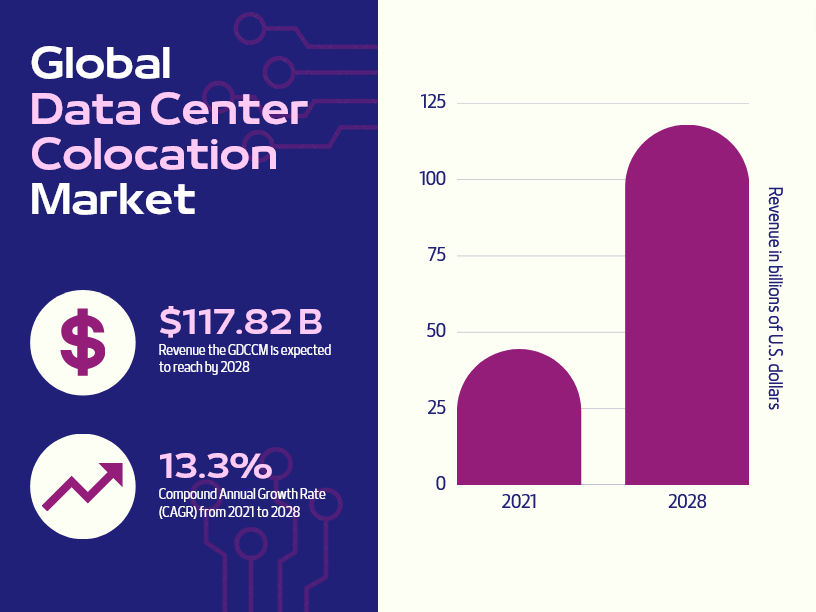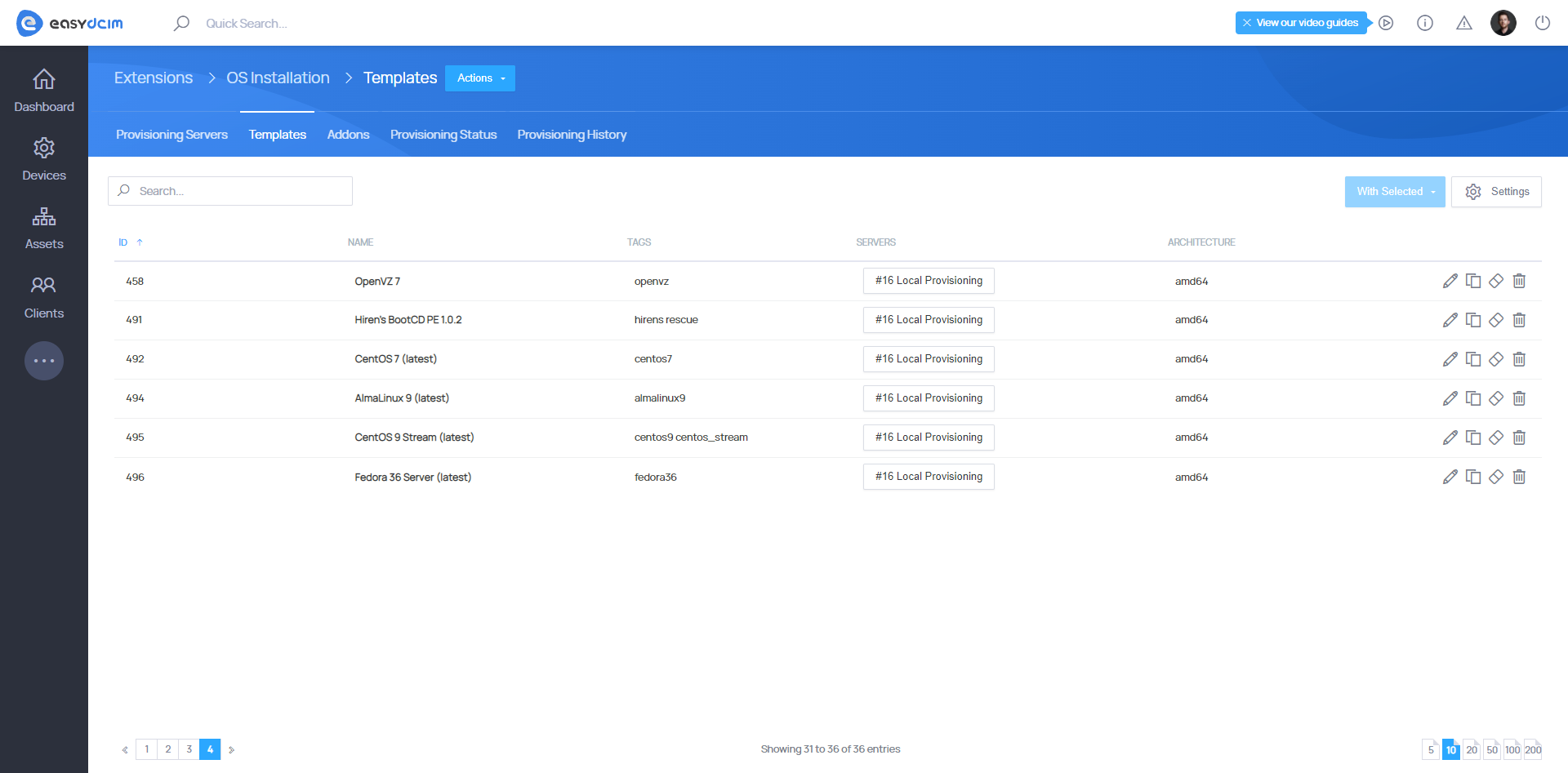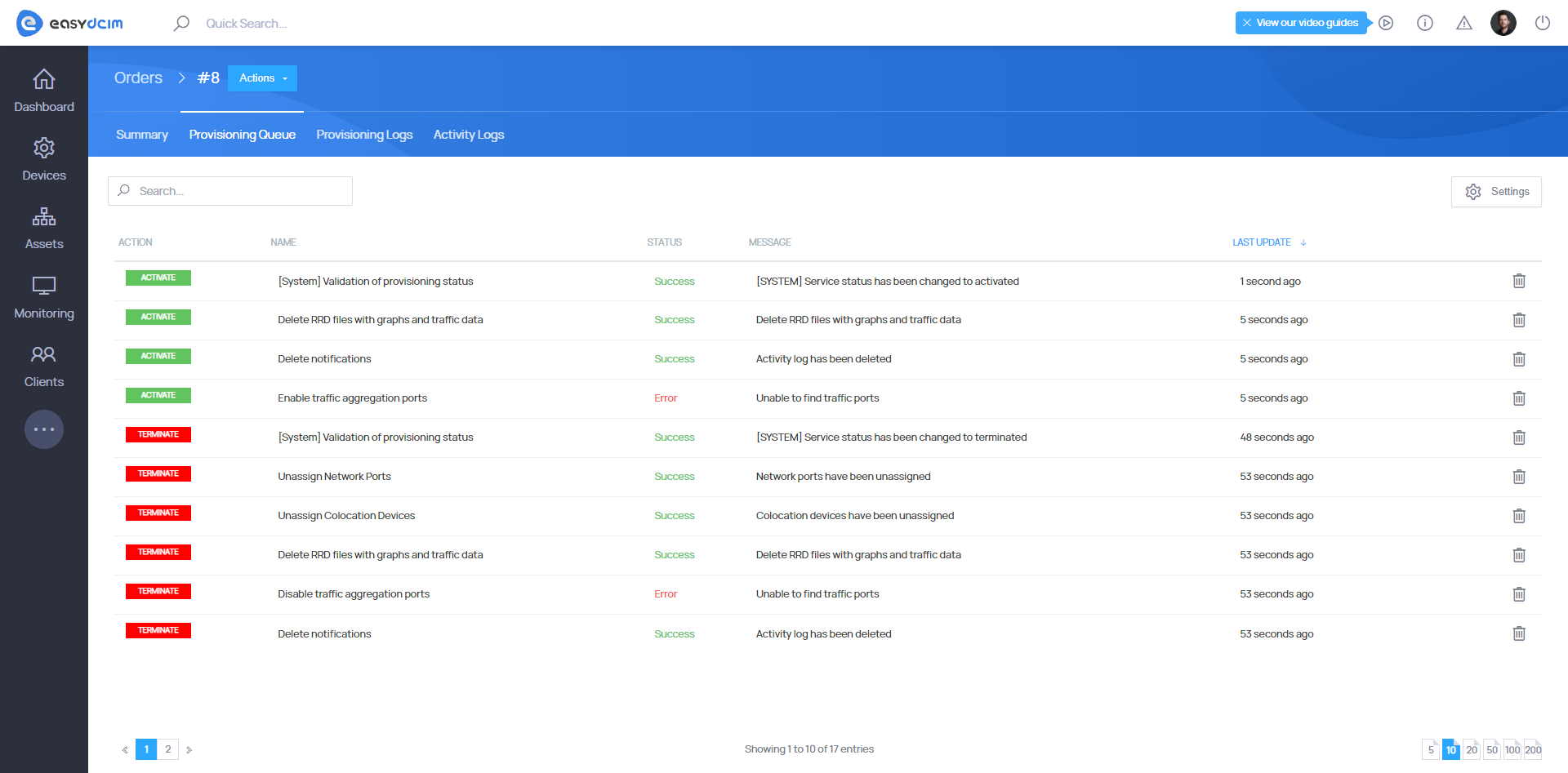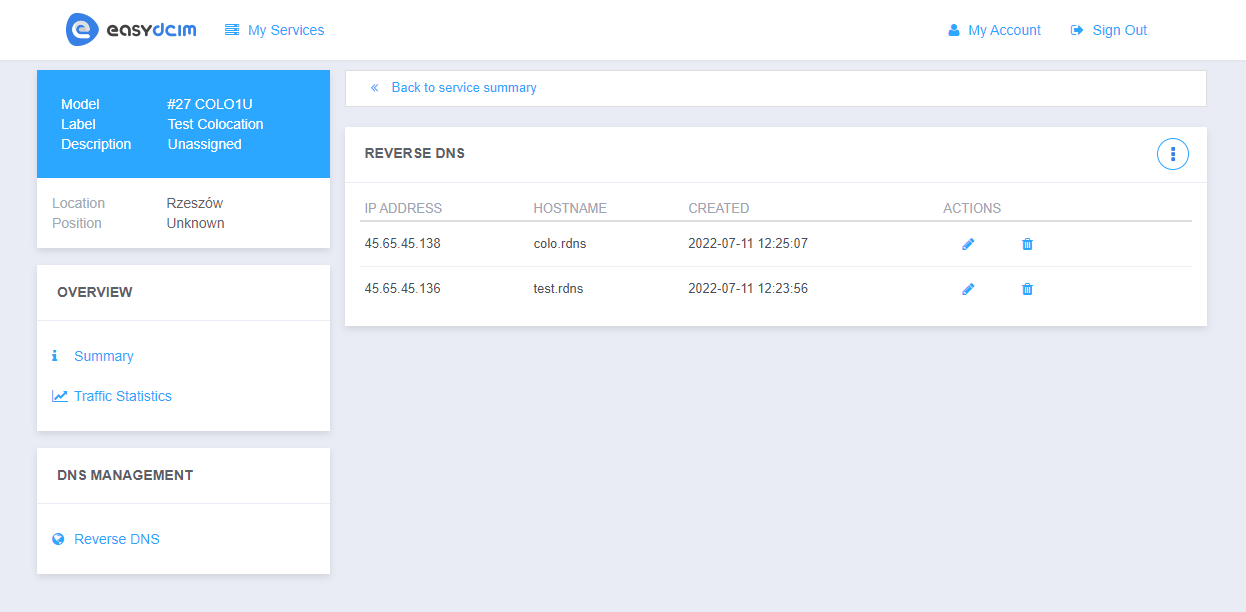It may seem that the turmoil of emotions has long since faded away and the dust has already blanketed the grief after the controversial demise of CentOS, but as soon as you step a little further behind the front door of most industry forums, you will quickly find out that the struggle to hook up with a worthy replacement is still very much real. So how could we not back you up on this battlefield by going the extra mile to keep EasyDCIM’s support for the top alternative operating systems in peak condition? It is in precisely this way that our platform reached the release of version 1.9.1, further accompanied by the evolution of colocation support.
A real treat for CentOS ex-users
When one of the best-loved and most popular free Linux systems is forced out of nowhere to pack its bags, and vanishes into thin air, replaced by pretty much a totally different architecture, one can easily imagine most of the community entering the state of utter confusion progressing to borderline panic. Expecting crowds of disoriented users rushing to google all possible alternatives to CentOS, we quickly put on our superhero capes and equipped EasyDCIM with new templates meant to allow the automatic installation of operating systems thought of as most likely to fill in the vacant spot. Remember how quickly our poll revealed everyone’s favorite?
But implementing these templates is one thing. Keeping them closely fitted into the post-CentOS landscape is a whole other story, which today unfolds right before your eyes with the release of EasyDCIM v1.9.1. The OS Installation extension received a solid dose of code refreshments to deal with the 9th generation of AlmaLinux and CentOS Stream in the smoothest manner possible.
Moreover, the spectrum of OS templates has been stretched to new levels after developing support for Fedora 36 Server. All three successfully handle the most needed processes which are:
- Time zone and language configuration
- Disk partitioning
- Creation of user accounts and root password
- Configuration of network interfaces
- Installation of additional system packages as well as post-installation and first-boot scripts
If we were to run another round of this poll today, would your vote be the same as it was back then, or would it be different?
Colocation hits the sweet spot
Citing the report drawn up by Grand View Research, “The global data center colocation market size was valued at USD 44.42 billion in 2020 and is expected to grow at a Compound Annual Growth Rate (CAGR) of 13.3% from 2021 to 2028 to reach USD 117.82 billion by 2028″.

Quite an impressive trend, don’t you think? Like many of its kind, this one has emerged mainly due to COVID-19. When the pandemic swept the world, it changed the rules of the game once and for all, pushing thousands of companies outside the comfort zone in order to stay afloat in this competitive marketplace. With more and more employees working from home, and the explosion of our virtual interactions, the colocation route makes now more sense business-wise than ever.
Expanding the colocation-related capabilities of EasyDCIM, therefore, felt like the only right direction for the platform to grow in. Consequently, in version 1.9.1, all data center owners are assisted by new actions when handling colocation orders:
- Enable/disable traffic aggregation ports
- Delete RRD files with graphs and traffic data
- Remove the activity log entries
- Unassign network ports/colocation devices
But introducing these options didn’t seem functionally enough to call it a day. That’s why we took it even a tad further and enhanced the EasyDCIM’s client area with a list of network ports assigned to each colocation (with instant access to numbers behind data consumption), as well as a brand-new section specifically for adding and removing rDNS records within the colocation.
Looking at how well the colocation data center market is doing today, would it actually be too bold of a move to jump on the bandwagon, and see for yourself where it gets you?
Still to make friends with Debian 11?
We know there’s a lot on your plate already, but as someone who cares about you a lot, we feel compelled to make sure that migrating to Debian 11 hasn’t slipped too far down your to-do list. We wouldn’t be making such a big deal out of it if it weren’t for the fact that without “bullseye” installed, you won’t be able to benefit from EasyDCIM v1.9.0, nor from any future updates!
Don’t forget we offer comprehensive assistance with this process, and by comprehensive we mean step-by-step instructions as well as the possibility of our team upgrading your current EasyDCIM server totally free of any charge!
However much we have already revealed, don’t let your curiosity be fully satisfied just yet. Spare another minute or two to scan the changelog of EasyDCIM v1.9.1 some further as it guarantees you a detailed insight into new criteria-based order matching as well as multiple other enhancements that belong to the realm of modern data center management.






















